Standing out as a tourist is the fastest way to get overcharged, ignored, or side-eyed by locals. Nobody wants to be that American.
The good news? Blending in is easier than you think.
A few tweaks to your wardrobe, dining habits, and volume control can make a world of difference. From ditching the oversized coffee cups to mastering the art of a subtle greeting, these simple tricks will help you move through Europe like a pro—no fanny pack required.
Ready to explore without screaming “tourist”? Let’s go.
Dress Like a Local
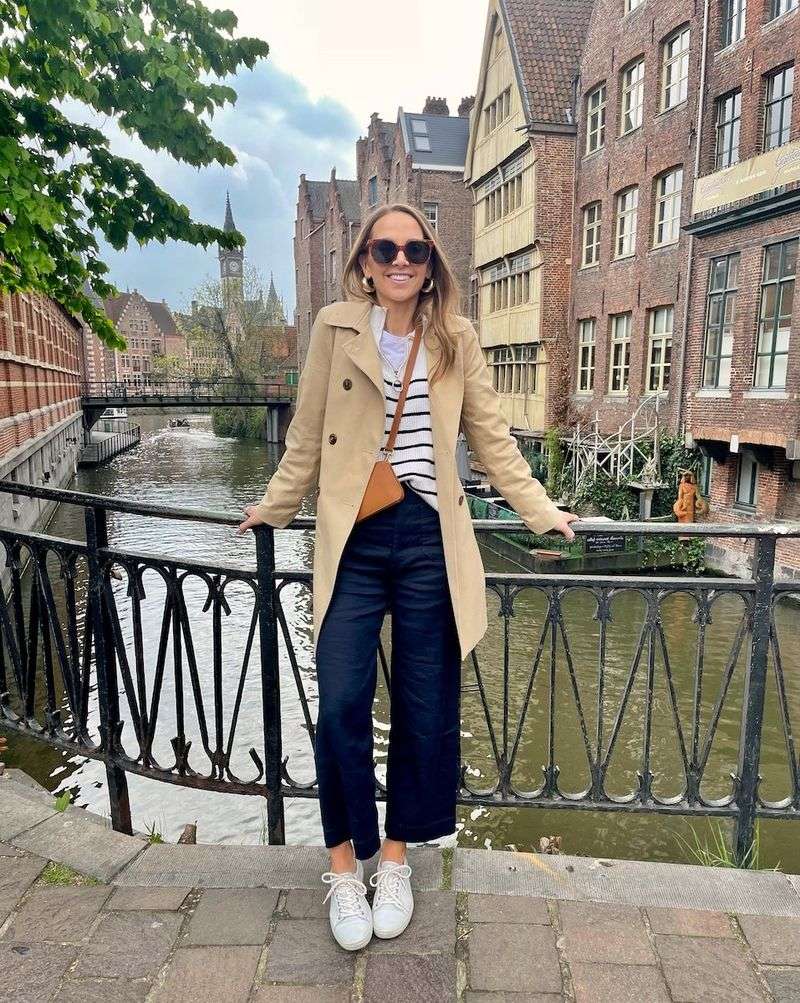
Clothing choices can be a giveaway. In Europe, people often dress more formally compared to the casual American style.
Opt for neutral colors and well-fitting clothes. Swap the baseball cap for a stylish scarf or hat.
Observing locals and taking subtle cues from their style can be insightful. Footwear should also be chosen wisely; Europeans favor quality over quantity, so comfortable yet chic shoes are a must.
This small change in attire not only helps you blend in but also shows respect for local customs.
Learn Basic Language Phrases
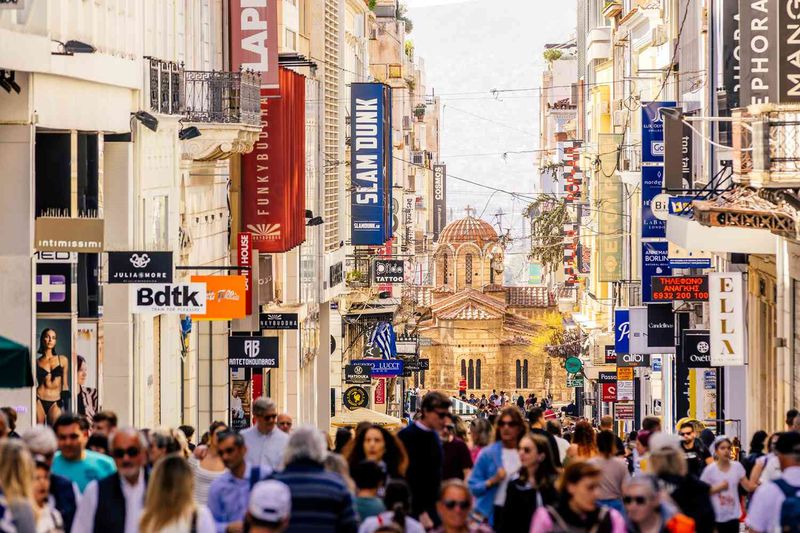
Communication is key when traveling abroad. Knowing a few basic phrases in the local language can go a long way.
Simple greetings, thank yous, and polite expressions immediately create a connection. It’s not about being fluent but showing effort.
People appreciate the attempt and will often be more inclined to assist or engage in conversation. Carrying a small phrasebook or using a language app on your phone can be beneficial.
This approach fosters goodwill and enriches your travel experience.
Embrace Public Transportation
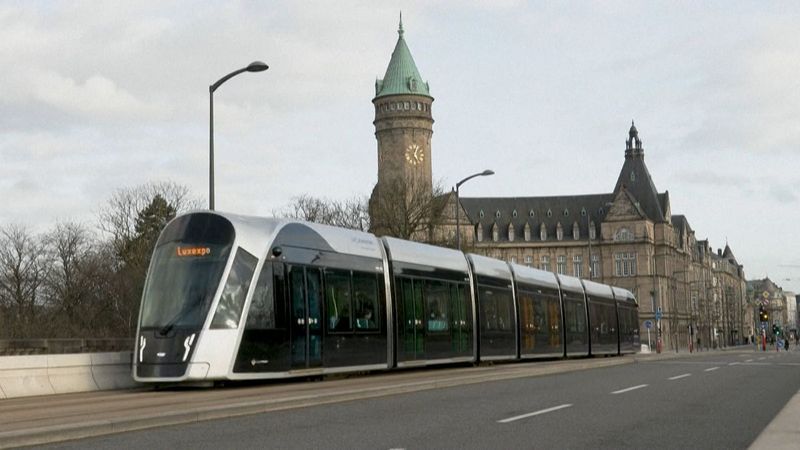
In Europe, public transportation is not only efficient but a part of daily life. Mastering the metro, trams, or buses can offer a true local experience.
Before your trip, familiarize yourself with transportation apps or maps. This knowledge saves time and reduces stress.
Observing how locals behave in these spaces, like offering seats to elderly or queuing, helps in blending in. Plus, it’s an economical way to explore cities.
Avoid tourist crowds and enjoy moving around like a native.
Mind Your Volume
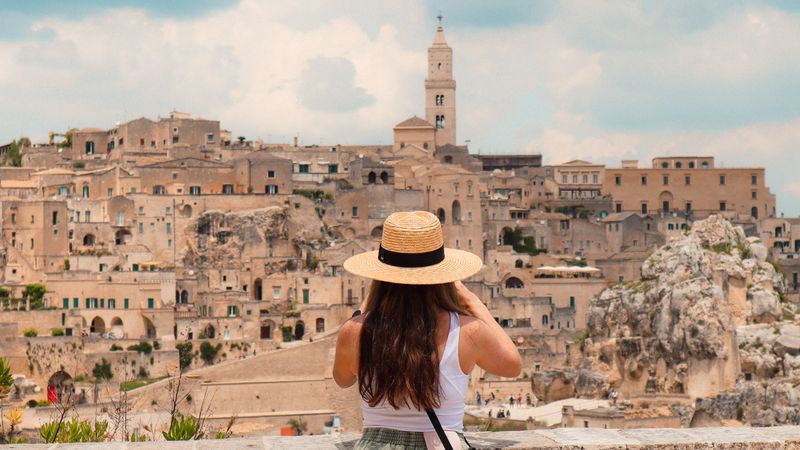
Americans are often perceived as loud, which can attract unwanted attention. Europeans generally speak in softer tones, especially in public settings.
Being mindful of your volume when conversing is crucial. In places like restaurants, public transport, or museums, keep conversations low-key.
This simple act of volume control can prevent standing out and respects the local atmosphere. It shows awareness and adaptability, vital traits for any traveler.
Savor Meals Leisurely
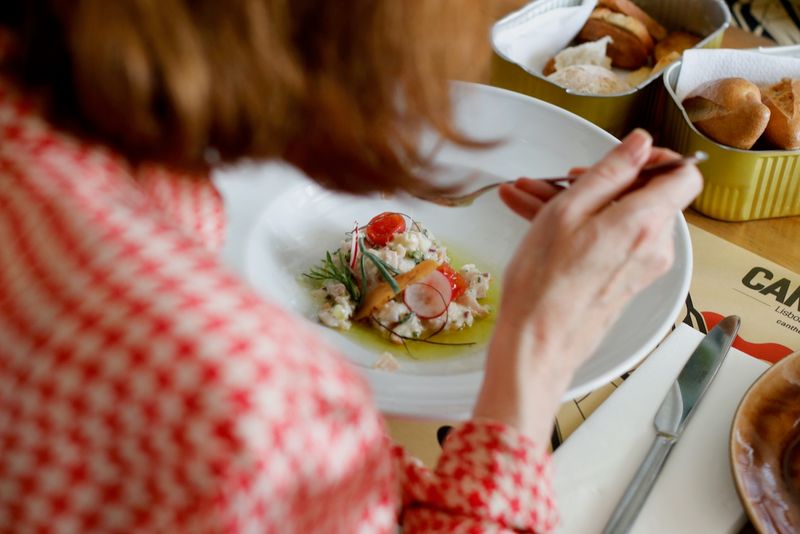
Dining in Europe is a leisurely experience. Meals are not just about eating but savoring flavors and enjoying company.
Unlike the grab-and-go culture, meals here are an event. Take time to enjoy each course without hurrying.
Embrace the slower pace and observe how locals relish their food. This approach not only enhances the dining experience but allows you to absorb the culture deeply.
It offers a break from the fast-paced lifestyle many are accustomed to.
Use Cash Wisely
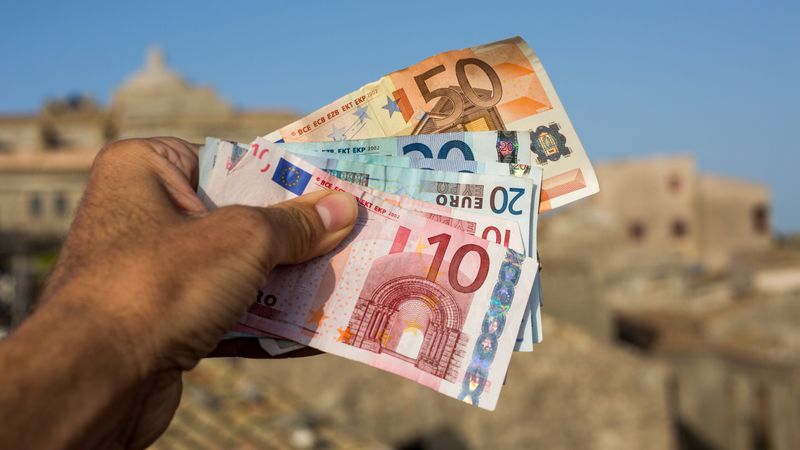
While credit cards are widely accepted, cash is still king in many places. Small cafes, local markets, or transportation might prefer cash payments.
It’s wise to carry small bills and coins for such instances. When using cash, observe how and when locals tip, as customs vary widely.
This practice ensures smooth transactions and avoids any potential faux pas. Being prepared with local currency enhances your travel experience and demonstrates a respectful understanding of local practices.
Adapt to Local Dining Hours
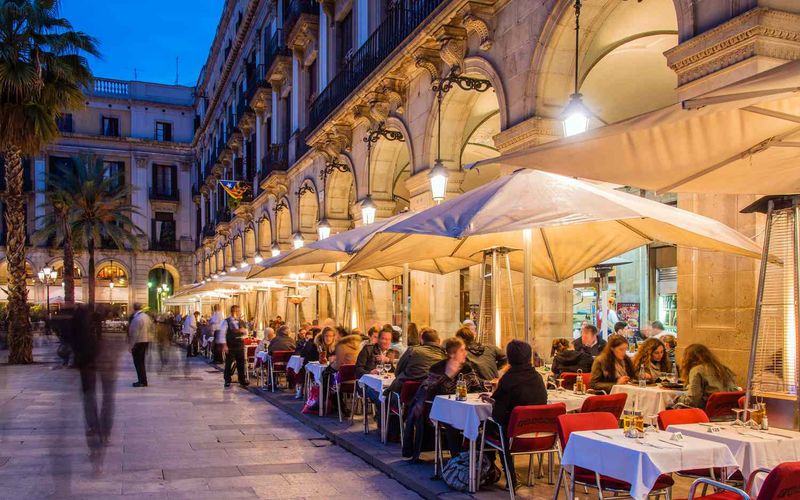
Dining schedules in Europe can differ significantly from American norms. Lunches and dinners are often later, especially in countries like Spain or Italy.
Before heading to a restaurant, check their opening times. This ensures you won’t arrive too early or face closed doors.
Embracing these schedules allows you to dine alongside locals, providing a more authentic experience. It also helps in avoiding tourist traps, as the best places are usually on local time.
Adapting to these customs is a step towards blending in.
Be Culturally Aware
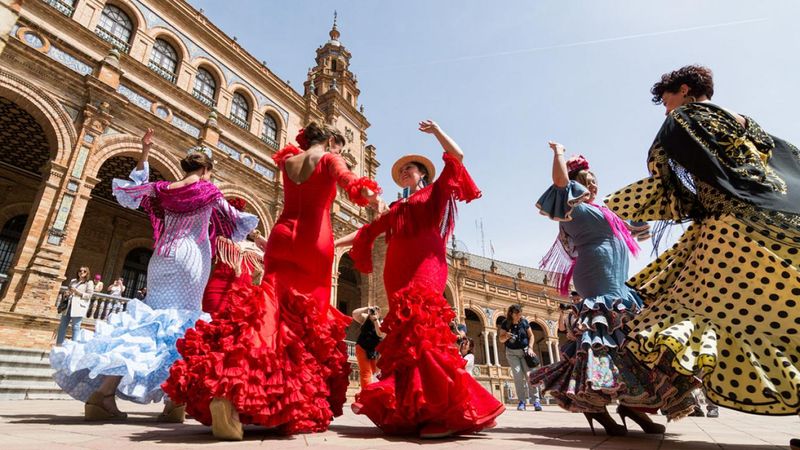
Understanding cultural nuances is fundamental. Each European country has unique traditions and etiquette.
For instance, greeting styles, such as cheek kisses or handshakes vary. Researching these customs can prevent awkward situations.
Practicing them shows respect and a genuine interest in the culture. Acknowledging and adapting to these differences enriches your travel experience.
It helps in forming connections and leaves a positive impression. This awareness is key to seamless integration while exploring diverse cultures.
Navigate with Discretion
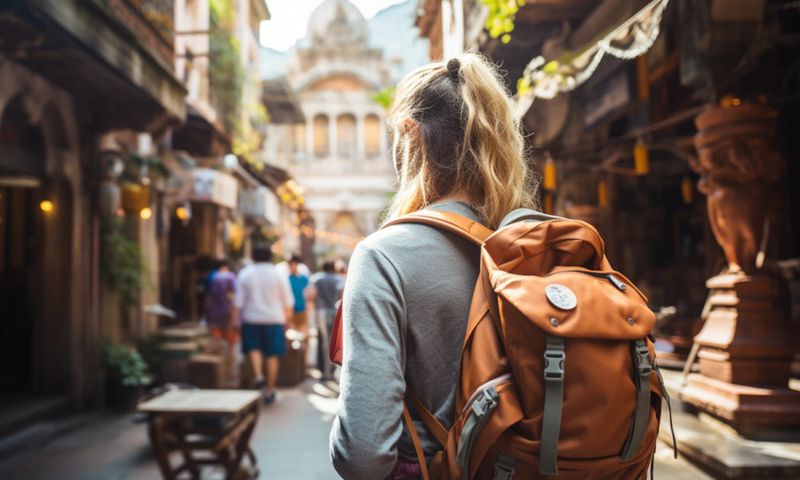
Tourists often stand out by openly using maps or guidebooks on the street. Instead, use your smartphone discreetly.
Before heading out, save maps offline and plan your route. This not only helps in avoiding data charges but makes navigation smoother.
Blend in by looking confident, even if you’re slightly lost. If you need directions, ask casually in a shop or café.
Such practices make you appear more like a local and less of a target for potential scams.
Respect Local Customs
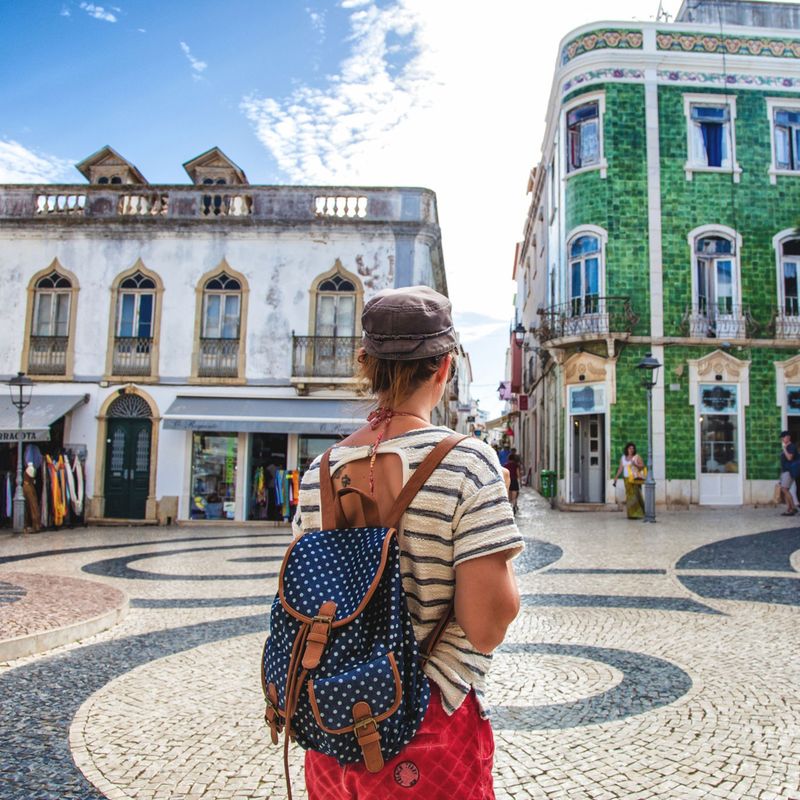
Every region in Europe has its own set of customs and traditions. Respecting these is crucial for blending in.
Whether it’s dress codes at religious sites or behavior during local festivals, being observant is key. Researching beforehand helps in understanding these nuances.
Participation or respectful observation can lead to memorable experiences. It’s important to show gratitude for being welcomed into these spaces.
Such respect fosters goodwill and enriches your journey.
Blend with Local Festivals
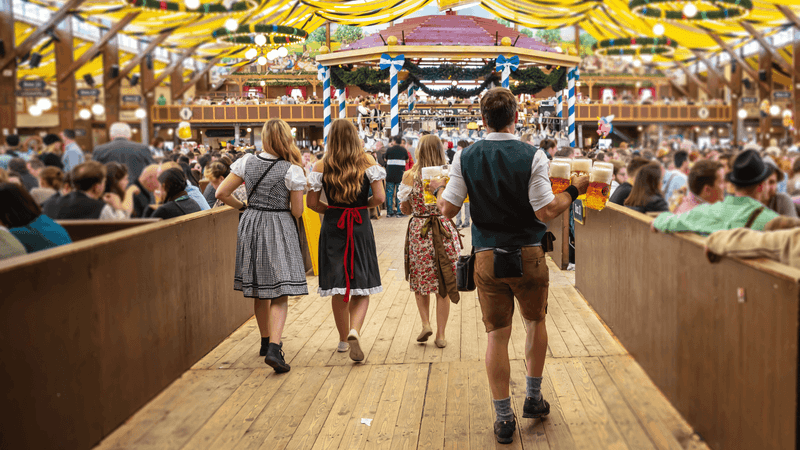
Participating in local festivals provides an immersive experience. These events are excellent opportunities to connect with the culture.
Dress appropriately, engage with the festivities, and try local delicacies. Blending in during such events requires enthusiasm and respect for traditions.
It’s a chance to see the community from within, rather than as an outsider. You not only witness but temporarily become part of the local fabric.
This shared experience is both enriching and enlightening.
Keep Technology Subtle
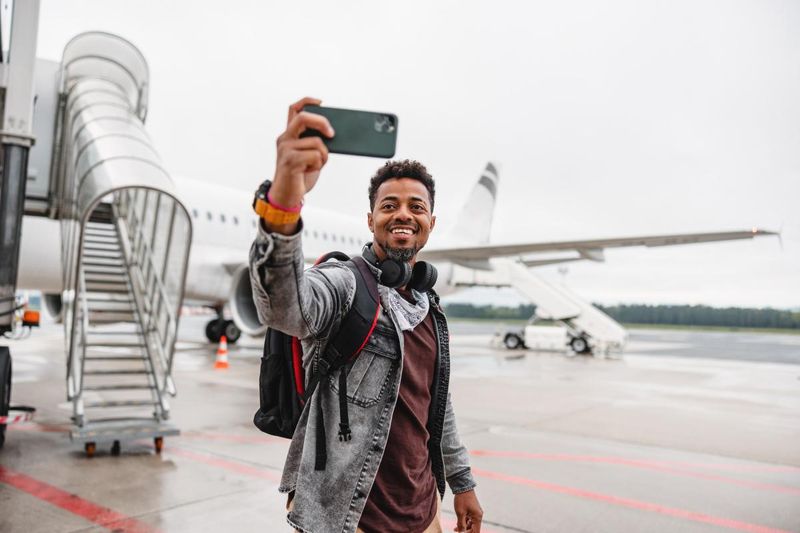
In today’s digital age, being constantly on your phone can be a clear marker of a tourist. Europeans tend to use their devices more discreetly.
When in public spaces, avoid loud phone conversations or excessive selfies. Capture moments subtly, focusing more on the experience.
Being present in the moment makes for a richer travel experience. It also respects the ambiance of quieter places like cafes or museums.
This mindfulness in technology use helps you integrate smoothly.
Engage in Polite Conversation
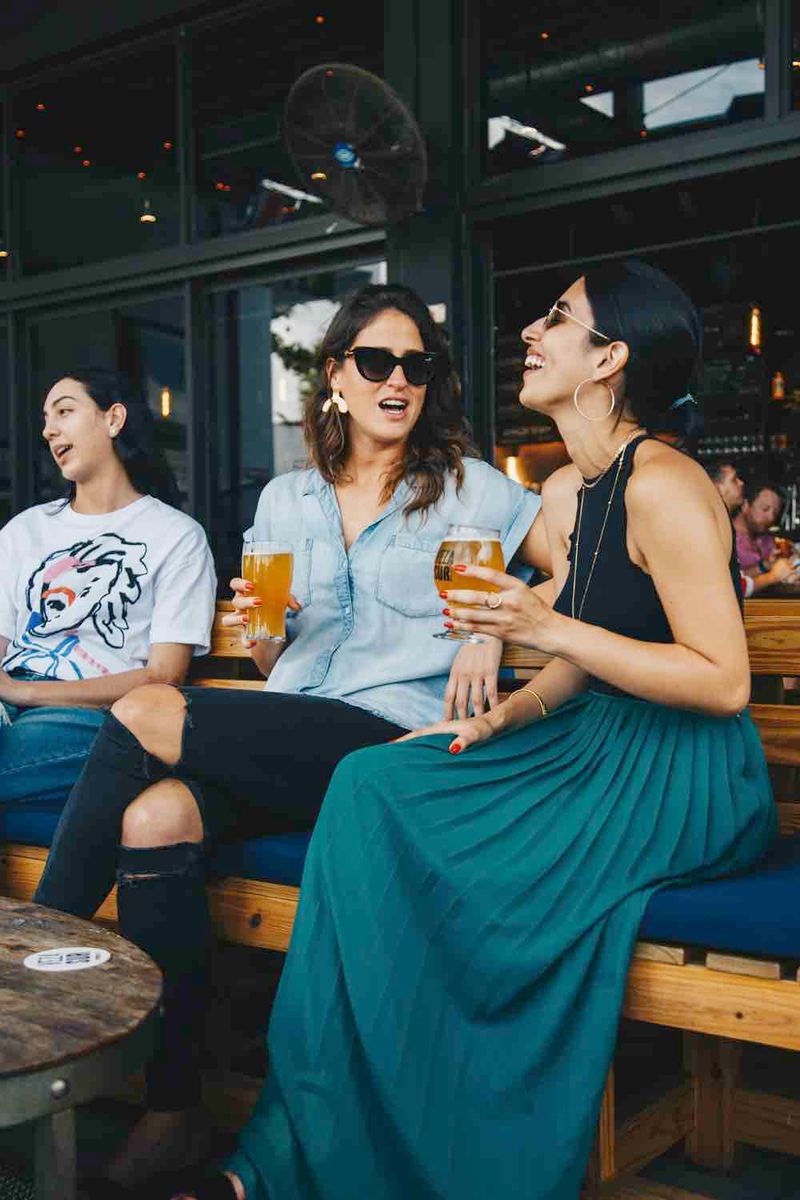
Europeans value polite and meaningful conversations. In cafes or social settings, small talk can open doors to local insights.
Approach these conversations with genuine curiosity. Asking about cultural aspects or local recommendations shows interest.
It’s also a great way to practice your language skills. Listening more than speaking helps in learning and understanding different perspectives.
These interactions are a key part of the travel experience, leaving you with stories and friendships.
Respect Personal Space
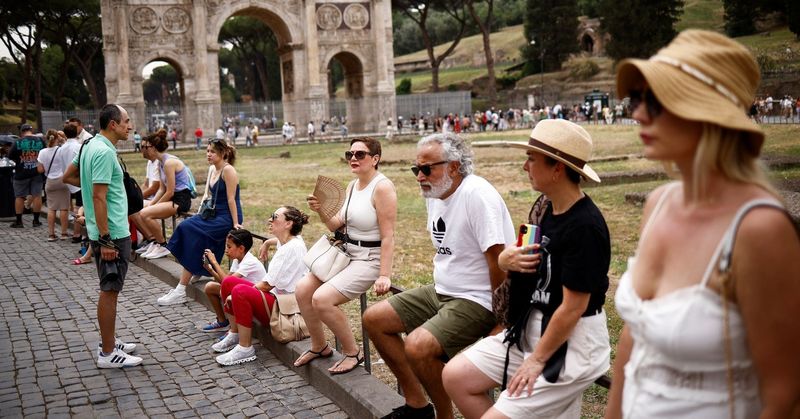
Personal space is highly regarded in Europe. In public places, maintaining a respectful distance is appreciated.
Unlike the often more tactile culture in the U. S.
, Europeans prefer less physical contact. Being aware of this helps in social settings.
Simple gestures, like giving space in queues or while seated, reflect respect. Understanding these unwritten rules aids in creating a comfortable environment for both you and those around you.
This sensitivity is crucial for blending in effectively.
Try Local Foods
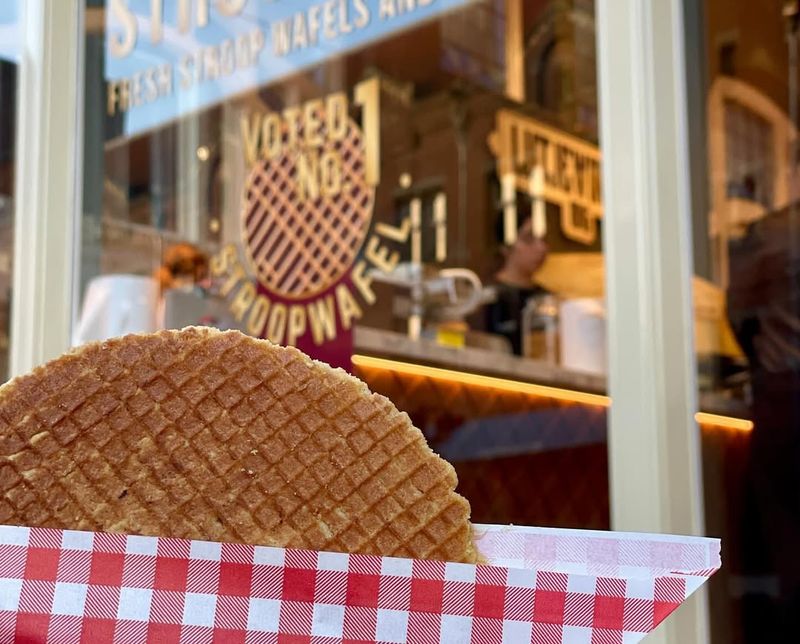
Food is a gateway to culture. Trying local dishes not only satisfies the palate but offers insight into traditions.
In Europe, each region boasts unique specialties. Don’t shy away from unfamiliar cuisines; embrace them.
This adventurous approach to dining provides a deeper connection to the place. Engage with locals about their favorite dishes or food history.
These culinary experiences are memorable highlights of any trip, offering authentic tastes and stories to share.
Travel Light
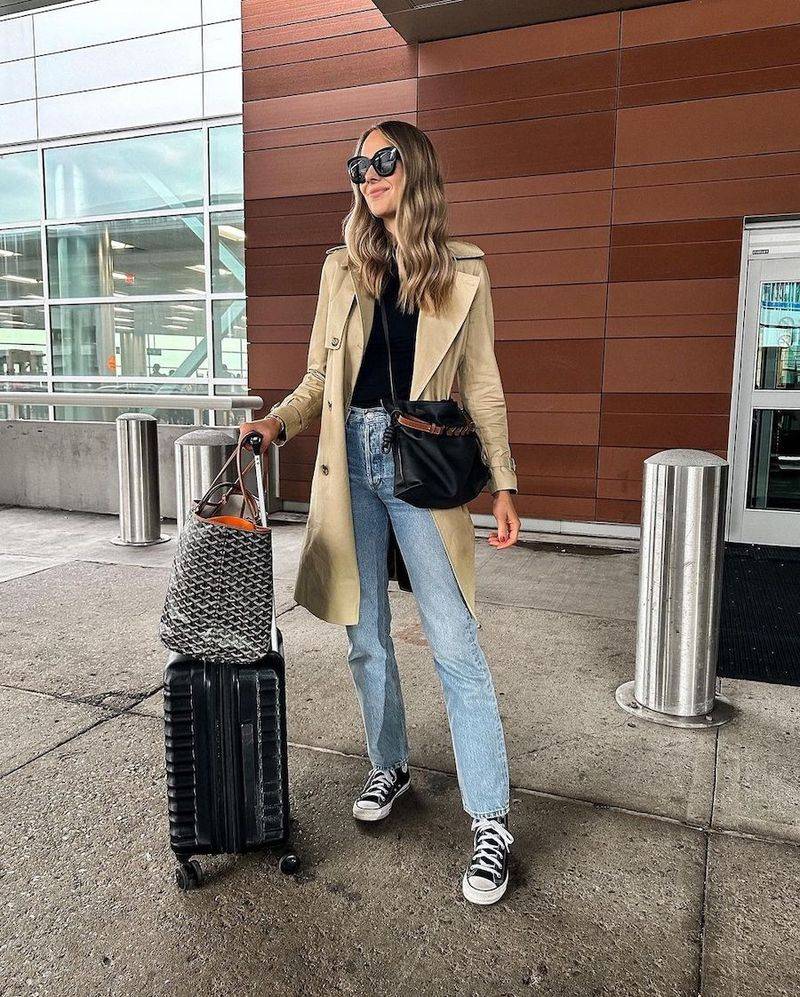
Traveling with minimal luggage is not just practical but helps in blending in. Large, bulky luggage can instantly mark you as a tourist.
Opt for a compact suitcase or backpack. This makes navigating public transport or cobblestone streets easier.
It also reflects the European travel ethos, where practicality and style go hand in hand. Traveling light allows more freedom and flexibility, enabling spontaneous adventures without the burden of heavy bags.
Observe and Adapt
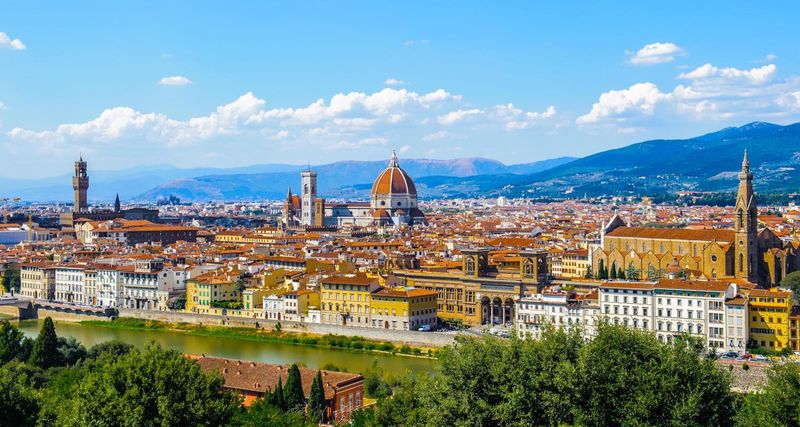
Sometimes, the best way to blend in is to observe. Watching how locals interact, dine, or commute offers valuable insights.
Adapt your behavior accordingly. This not only helps you fit in but enhances your understanding of the culture.
Being observant allows you to pick up on subtleties that guide appropriate behavior. It’s a learning process, offering moments of reflection and growth.
Through keen observation, every interaction becomes a chance to connect more deeply with your surroundings.
